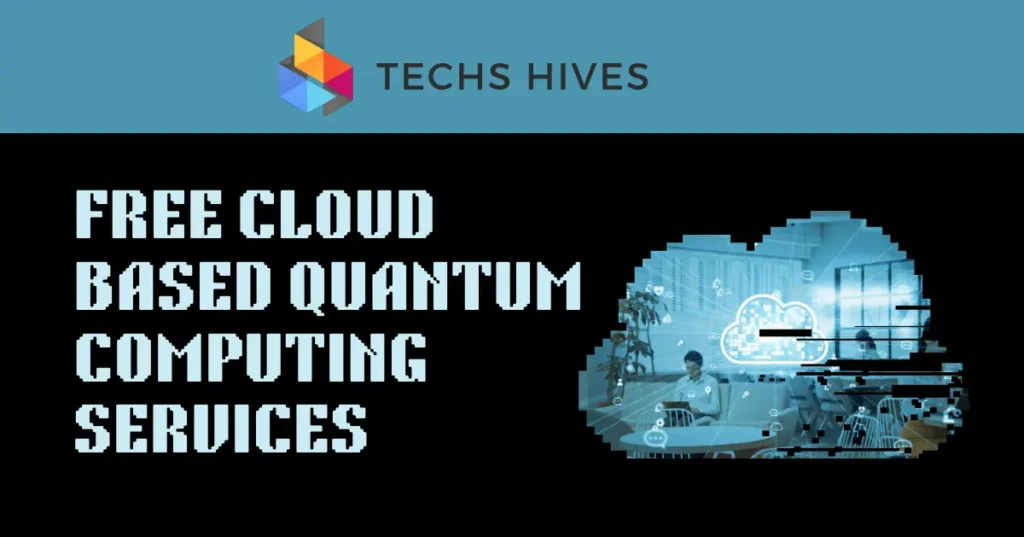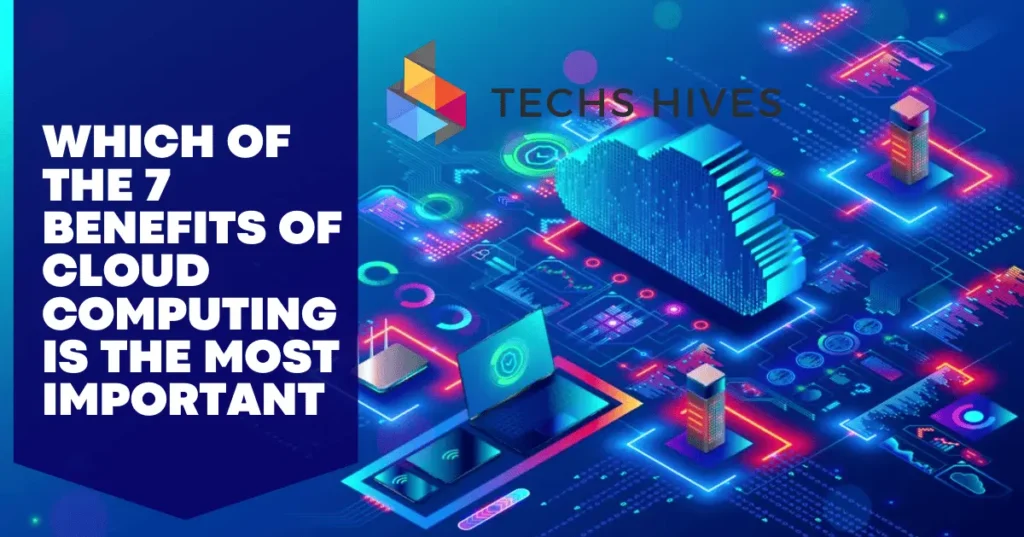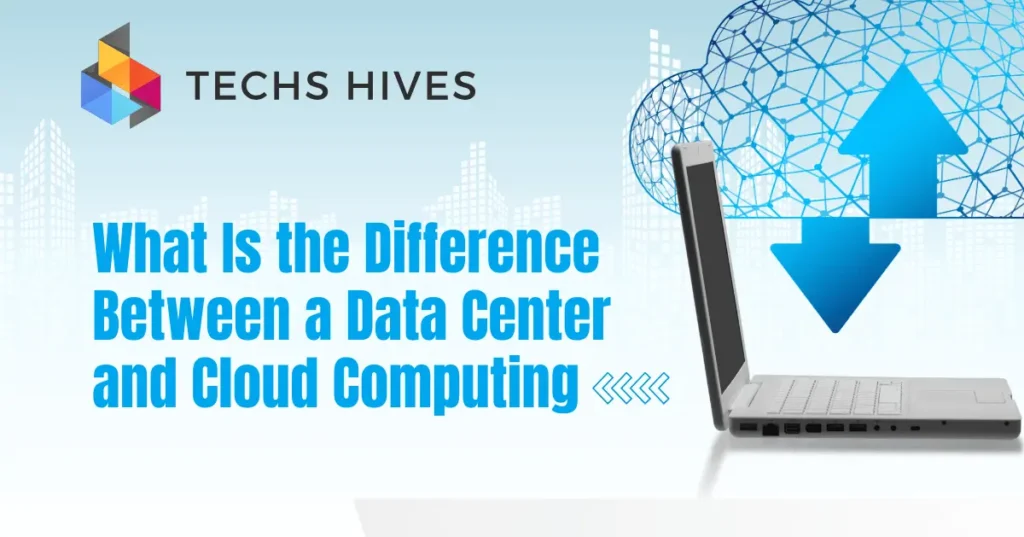Cloud computing is the use of the internet to access and store data, applications, and services instead of relying on a local computer. It lets people use powerful tools and storage without needing high-end devices. With cloud computing, users can access files, software, and systems from anywhere, as long as they have an internet connection.
Today, cloud computing is essential for both individuals and businesses. It reduces the need for expensive hardware and provides flexibility and scalability to meet different needs. Companies use it for data backup, collaboration, and to run applications efficiently. Cloud computing also supports remote work, making it easier for people to work together from various locations.
Table of Contents
Early Concepts and Precursors
The early ideas behind cloud computing started in the 1960s when computers were large, costly, and mainly available to government bodies or big corporations. Back then, “time-sharing” was introduced to allow several users to access a single powerful mainframe, each getting a slice of its computing time. This made it possible to maximize computer usage and set a foundation for shared digital resources.
Over time, the idea of linking computers became more feasible as networking technology advanced. The development of client-server models allowed smaller computers, called clients, to connect to central servers. These servers handled processing and storage, enabling clients to access shared resources without needing high-power devices.
This early focus on resource-sharing and connectivity laid the groundwork for modern cloud computing. Concepts like virtual storage and remote access grew from these models, evolving into the scalable, flexible cloud systems we rely on today. As technology advanced, so did the ability to access resources across different locations, shaping the future of data and computing access.
The Rise of the Internet and Virtualization
The rise of the internet in the 1990s transformed the possibilities of data sharing and connectivity. With fast and reliable internet connections becoming more available, computers could communicate and share resources over long distances. This connectivity enabled businesses and individuals to start exploring new ways to access and store data beyond their local machines.
Around the same time, virtualization technology was also developing rapidly. Virtualization allows one physical machine to function as multiple virtual machines, each operating independently. This technology made it possible to maximize the use of server resources, as companies could run several applications or operating systems on a single physical server.
Together, the internet and virtualization laid the foundation for cloud computing. Virtualization allowed for flexible resource use, while the internet enabled widespread access. These advancements made it easier to build systems that could store, process, and deliver data to users wherever they were, marking the true beginning of cloud computing as we know it.
The Advent of Cloud Services
The advent of cloud services began in the early 2000s, marking a major shift in how data and applications were managed. In 2006, Amazon Web Services (AWS) launched Elastic Compute Cloud (EC2), offering scalable computing power over the internet. This service allowed businesses to rent virtual servers on-demand, only paying for the resources they used, which was revolutionary at the time.
Following AWS, other companies like Google and Microsoft developed their own cloud platforms, offering services for storage, processing, and data management. This competition and innovation spurred rapid development in cloud technology, making it more accessible and affordable for businesses of all sizes.
These cloud services transformed how companies operate, allowing them to scale quickly, cut costs, and improve flexibility. The success of cloud platforms not only changed IT infrastructure but also enabled new business models. Today, cloud services are essential in nearly every industry, powering everything from data storage to application hosting.
Evolution of Cloud Models
The evolution of cloud models has significantly shaped how businesses and individuals use technology. Initially, cloud computing was mainly seen as Infrastructure as a Service (IaaS), where users could rent physical servers and storage from providers like Amazon and Microsoft. This model allowed companies to reduce their hardware costs and scale their IT resources as needed.
As cloud computing matured, new models emerged, including Platform as a Service (PaaS). PaaS provides a platform for developers to build, test, and deploy applications without worrying about the underlying infrastructure. This model simplifies the development process, allowing companies to focus on creating software rather than managing servers.
Software as a Service (SaaS) further revolutionized cloud computing by delivering applications directly to users over the internet. Users could access software without needing to install it locally, making it easier to update and maintain applications. Popular examples include Google Workspace and Microsoft 365.
Cloud Computing in the 2000s
Cloud computing experienced significant growth in the 2000s, fundamentally changing how businesses manage their IT resources. During this decade, companies began to recognize the advantages of using cloud services, such as cost savings, scalability, and flexibility. This shift was driven by the success of major providers like Amazon Web Services (AWS), which launched its Elastic Compute Cloud (EC2) in 2006, allowing businesses to access computing power on demand.
As more companies adopted cloud technology, new players entered the market, increasing competition and innovation. Google launched its cloud offerings, while Microsoft introduced Windows Azure in 2010, further establishing cloud computing as a viable alternative to traditional IT infrastructure. This influx of services made it easier for businesses of all sizes to leverage cloud computing for data storage, application hosting, and other needs.
The 2000s also saw the rise of public, private, and hybrid cloud models, giving organizations more options to choose from based on their specific requirements. Public clouds provided shared resources for multiple users, while private clouds offered dedicated services for individual organizations. Hybrid clouds combined both models, enabling flexibility and enhanced security.
Future of Cloud Computing
The future of cloud computing promises exciting advancements that will reshape how businesses and individuals interact with technology. One key trend is the increasing adoption of artificial intelligence (AI) and machine learning in cloud services. These technologies will enable more intelligent data analysis, automation, and personalized experiences. Companies will leverage AI to improve efficiency, predict trends, and enhance customer interactions.
Another significant development is the growth of edge computing, which processes data closer to where it is generated rather than relying solely on centralized cloud data centers. This approach reduces latency, improves speed, and supports real-time applications like IoT devices and autonomous systems. As the demand for faster processing grows, edge computing will complement traditional cloud models, creating a more responsive infrastructure.
Additionally, security will remain a top priority as cyber threats evolve. Cloud providers will continue to enhance their security measures, offering better tools and protocols to protect sensitive data. Compliance with regulations will also drive innovations in data privacy and governance.
Conclusion
Cloud computing has come a long way since its early concepts in the 1960s. The development of time-sharing, networking, and virtualization set the stage for what we know today. The launch of major services like Amazon Web Services in the 2000s marked a turning point, making cloud technology accessible to businesses of all sizes. This evolution has led to various models, including IaaS, PaaS, and SaaS, allowing users to choose solutions that best fit their needs.
Today, cloud computing is essential in both personal and business settings. It offers flexibility, cost savings, and easy access to powerful resources. As technology continues to advance, the future of cloud computing looks promising, with innovations in AI, edge computing, and security on the horizon.



